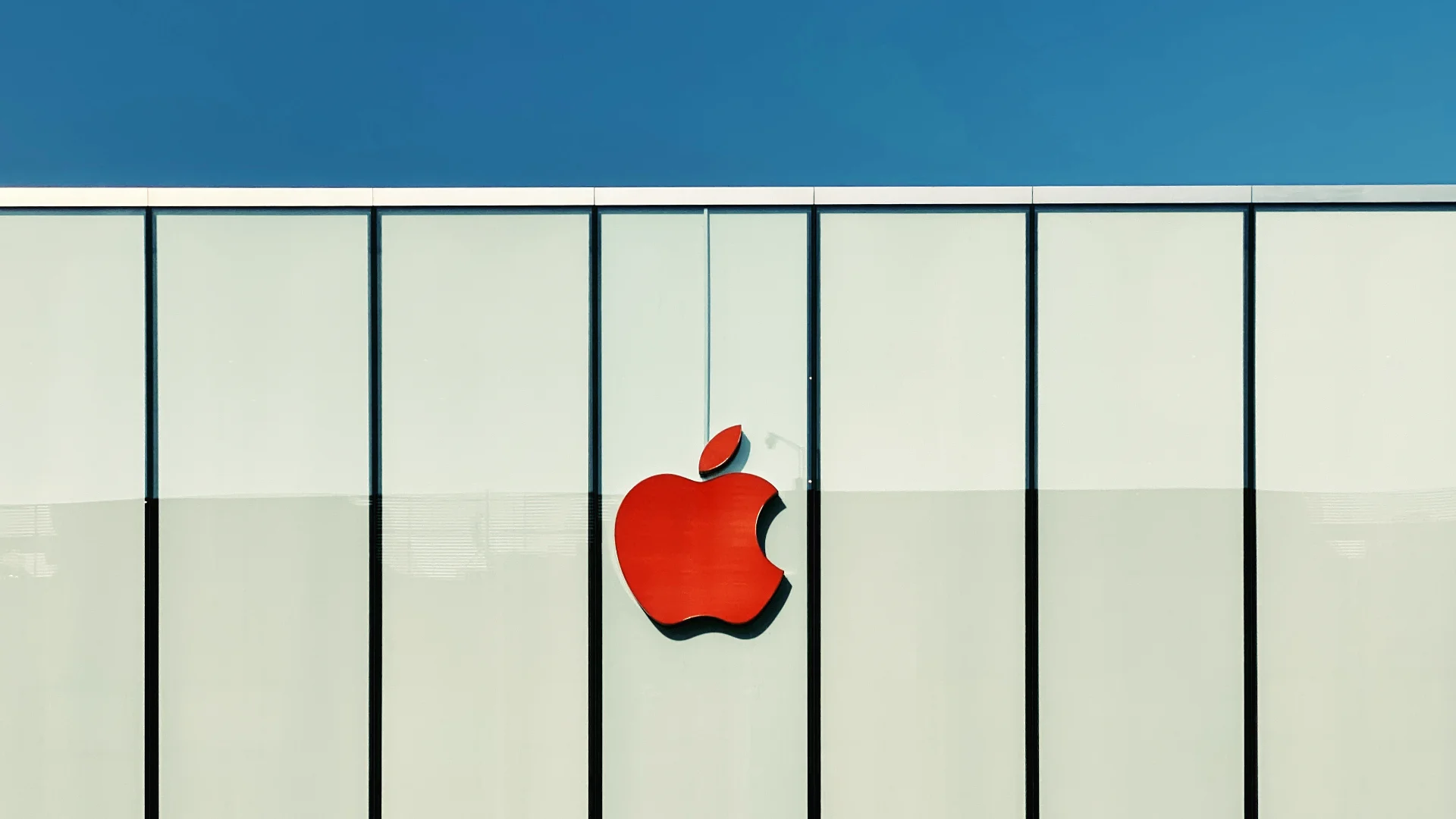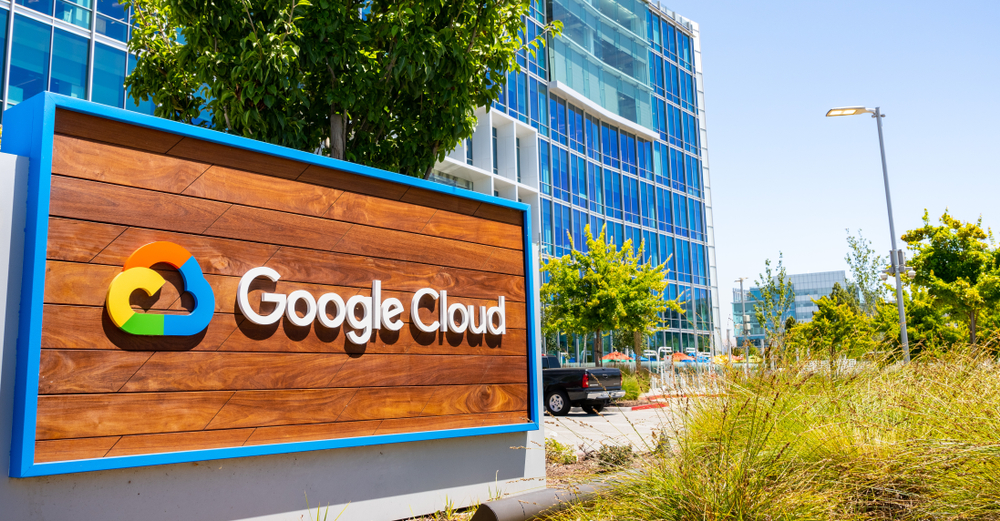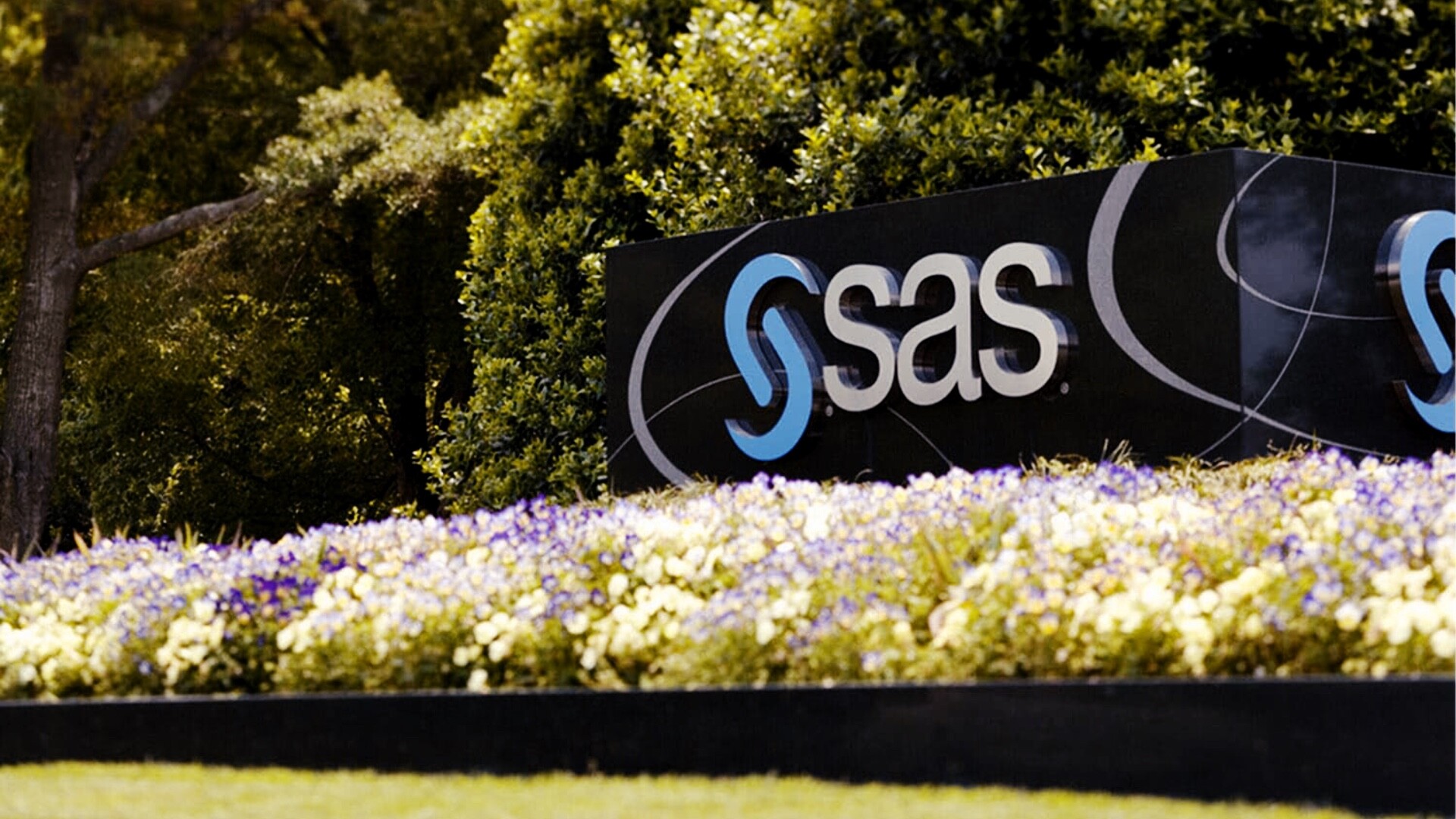Tomasz Wawrzynów, CEO at Spartavity, answered 5 questions about customer loyalty in business and how this very loyalty translates into sales results in a real way.
1. why care about customer loyalty?
A loyal customer is one who returns to your shop after the first transaction. Importantly, not necessarily guided by the price of a particular product or service, but by additional shopping experiences, including the brand’s approach to the consumer. It is well known that it is cheaper to retain an existing customer than to acquire a new one. Loyalty is therefore worth nurturing. This became particularly evident during the pandemic, when the retail industry largely lost the ability to deal directly with customers. Back then, customer databases, constant communication with customers via various tools (SMS, emails, PUSH messages in apps) allowed for ongoing communication, information about the offer and the transfer of sales to online channels. This pandemic has increased the popularity of investing in thoughtful tools that bring real business benefits to shops; supporting sales, marketing and customer service.
2 How do you verify which loyalty programme strategy will work for a company’s customer base?
Adapting the programme strategy to the target group is one of the most important elements of building a programme, and this must be done even before the IT tool is implemented. Where should you start? With a customer analysis. Fortunately, it is often the case that the company already knows its target group and has up-to-date data on it, e.g. from surveys, market research or marketing databases. Knowledge of habits, needs and, above all, the buying cycle allows us to define loyalty behaviour scenarios (number and size of purchases per month/week, average basket, movement within the brand). With this knowledge, we can define the processes in the programme, such as registration, the calendar of promotions, communications, and adapt all this strictly to current customer behaviour, rather than the other way around.
3 Is it worth choosing to build customer loyalty through a mobile app? What are the benefits and challenges of such a model?
A mobile app for a loyalty programme is not an option today, but rather an obligation for every company. Why? Because that’s what customers want. According to the 2018 Loyalty Programme Consumer Survey report, up to 75 per cent of them say they would actively engage in loyalty programmes with access to reward information on their smartphone.
By using a loyalty programme’s mobile app, consumers get access to detailed data related to the programme: coupons, location map, virtual card, access to special promotions. They also gain time. This is because registering for the programme is quick – they no longer need to fill in paper forms. All they have to do is scan the QR code, accept the consents and immediately receive a welcome voucher which they can use when shopping.
On the other hand, the company can use the programme’s transaction history to prepare additional offers for the app’s users and suggest next steps in the shopping process. It is worth remembering that the mobile application is also a significant economic advantage for the company. Giving up plastic cards means savings, as does communication with customers via PUSH notifications, which are a good alternative to paid SMS.
However, there is a catch here too. The greatest benefits for brands come from mobile apps that are tailored to the strategy of the programme itself and the company’s overall marketing strategy, rather than off-the-shelf solutions available on the market. For this reason, it is worth betting on a dedicated option that includes not only the core functionality of the programme, such as a virtual card, transaction history or coupons, but also tools that the customer can use outside of it. These include click&collect shopping, mobile payments, a newspaper or product catalogue, among others.
4 What should a good loyalty programme be like?
A good loyalty programme is one that is integrated into the company’s overall marketing strategy. It will be the main source of customer data acquisition, and the knowledge gained will effectively influence all areas and processes of customer relationship building. It is important to treat the loyalty programme not as an add-on, but as the main tool for daily work with the customer (promotions, coupons, communication, study of indicators – average basket, long-term customer value, churn rate). In order for the programme to fulfil its purpose, it must constitute a kind of ecosystem in terms of technology and infrastructure. Above all, it should connect all points of contact with the customer – POS, e-commerce, mobile app, programme website.
5 What technologies are most useful in building loyalty programmes?
The most important challenge for a programme management software provider is to integrate with several points of contact, such as POS, e-commerce or the mobile app. It must therefore be prepared for several types of integration with third parties. Consequently, it needs to focus on a well-defined API and then carry out the entire integration process in an understandable and partner-like manner. Another extremely important issue is to provide a flexible tool for future changes. A loyalty programme is not a monument that we erect and leave for admiration, but a continuous building site to which we add new skyscrapers and buildings. Customer needs are constantly evolving, and technology must keep up with them. This is why new solutions to complement the loyalty programme are constantly appearing on the market – some time ago it was a mobile app, now we have wallet passes or NFT rewards. The supplier must be ready for a quick and painless upgrade of the deployed ecosystem.












